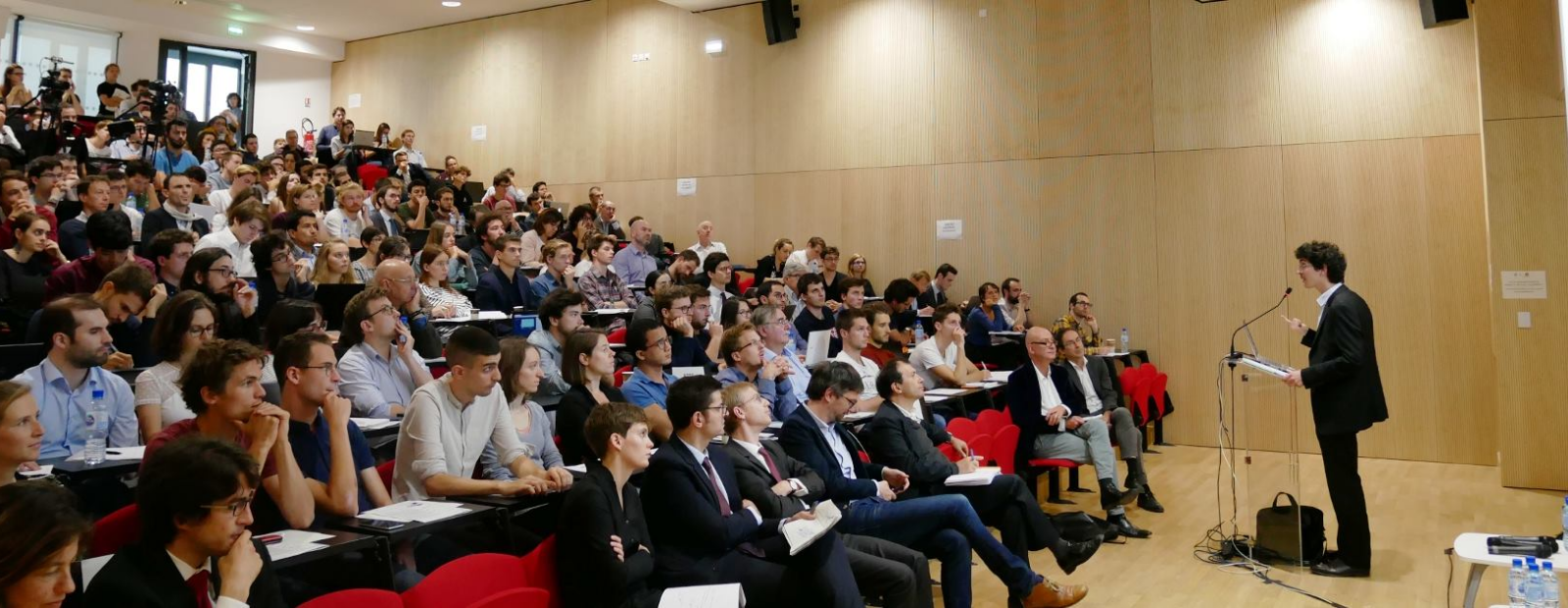Published in
- Senior Researcher
- CNRS
- Demography and Household Economics
- Demography and Migrations
- Growth
- Mathematical Economics
- Pensions
- Social protection
- Wealth, income, redistribution and tax policy
Address :48 Boulevard Jourdan,
75014 Paris, France
Publications HAL
-
Covid-19 and mobility: determinant or consequence? Journal articleAuthor: Dramane Coulibaly Journal: Economic Theory
-
L’évolution démographique récente de la France : une position singulière dans l’Union européenne Journal articleAuthor: Didier Breton, Justine Chaput Journal: Population (édition française)
Published in
-
Recent Demographic Trends in France. Do Men and Women Behave Differently? Journal articleAuthor: Didier Breton, Justine Chaput Journal: Population (English edition)
Published in
-
Vaccination under pessimistic expectations in clinical trials and immunization campaigns Journal articleAuthor: Josselin Thuilliez Journal: Journal of Public Economic Theory
Published in
-
Tabs
Hippolyte d’Albis is a senior researcher at CNRS, currently on leave at the French Ministry of Finance. He is also professor at the Paris School of Economics, deputy-president of the Cercle des économistes, columnist at Les Echos, director of the French team of the National Transfer Accounts network, co-director of the French Regional Database, associate editor of the Journal of Demographic Economics and the Journal of the Economics of Ageing and member of the editorial advisory board of the Public Finance Review. A bio can be downloaded here: bio.docx
Hippolyte d’Albis est directeur de recherche au CNRS, détaché à l’Inspection générale des finances. Il est aussi professeur à l’École d’économie de Paris, vice-président du Cercle des économistes, chroniqueur aux Echos, directeur de l’équipe française du réseau des Comptes de transferts nationaux, codirecteur de la French Regional Database, éditeur associé du Journal of Demographic Economics et du Journal of the Economics of Ageing et membre du comité éditorial de Public Finance Review. Une biographie peut être téléchargée ici : bio.docx

